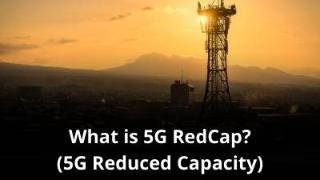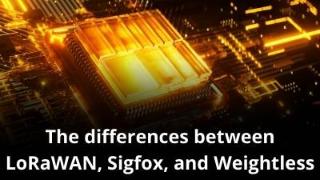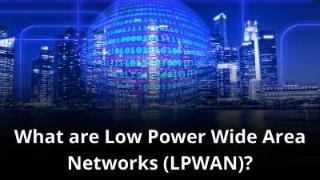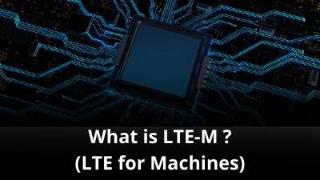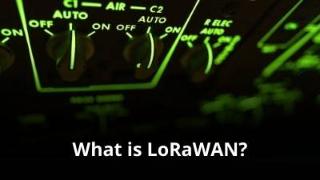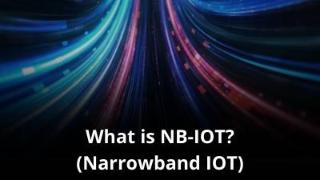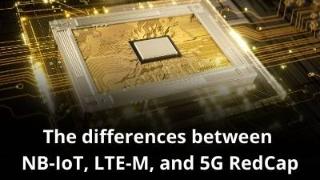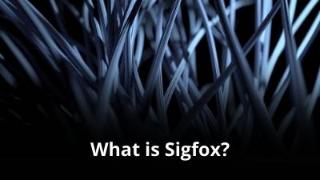What are Low Power Wide Area Networks (LPWAN)?
Low Power Wide Area Networks (LPWAN) have emerged as a critical component of the Internet of Things (IoT) revolution. These Low Power Wide Area Networks (LPWANS) are wireless networks designed to connect devices over long distances while consuming very little power. They are specifically tailored for Internet of Things (IoT) applications where devices need to operate on batteries for extended periods.
To understand more we will handle the following subjects:
Understanding Low Power Wide Area Networks (LPWANs)
LPWANs represent a paradigm shift in wireless communication. Unlike traditional wide-area networks (WANs) that prioritize high data rates for human-centric applications, LPWANs are optimized for machine-to-machine (M2M) communication. They excel at transmitting small amounts of data over vast distances, even in challenging environments with obstacles like buildings and terrain. This unique characteristic has opened up a myriad of possibilities for IoT deployments across various sectors.
At the core of LPWAN technology lies a delicate balance between power consumption, range, and data rate. These networks employ specialized modulation techniques, error correction codes, and network protocols to maximize efficiency. By carefully managing radio frequency (RF) power, LPWAN devices can operate for extended periods on small batteries, often years without replacement.
Key Characteristics of LPWANs
To fully appreciate the potential of LPWANs, it’s essential to understand their core characteristics:
- Low Power Consumption:
LPWAN devices are designed to minimize power consumption, allowing them to operate on small batteries for extended periods. This is achieved through techniques like duty cycling, where devices periodically wake up to transmit data and then return to a low-power sleep mode. - Long Range:
LPWANs can cover vast distances, often exceeding the range of traditional wireless technologies like Wi-Fi and Bluetooth. This makes them suitable for applications in remote areas and urban environments with dense infrastructure. - Low Data Rate:
While LPWANs offer long range and low power consumption, they typically have lower data rates compared to cellular networks. This is sufficient for most IoT applications, which often involve infrequent, small data packets. - Large Number of Devices:
LPWANs are designed to support a massive number of devices within a network. This scalability is essential for IoT deployments where thousands or even millions of devices may need to be connected. - Cost-Effective:
LPWAN solutions are generally more cost-effective than cellular networks, making them attractive for large-scale IoT projects with budget constraints.

There are two types of LPWA technologies
The radio spectrum, a finite resource, is divided into licensed and unlicensed bands. This division significantly impacts the characteristics and applications of wireless technologies. Both licensed and unlicensed spectrum have their strengths and weaknesses. Understanding the key differences between the two is essential for selecting the appropriate technology for your specific IoT or wireless communication needs.
Licensed Spectrum Technologies (Mobile / Cellular based)
Licensed spectrum is allocated by government regulatory bodies to specific operators for exclusive use. These operators pay fees for the rights to use these frequencies. This model ensures exclusive access, reducing interference and guaranteeing a certain level of quality of service.

Key characteristics of licensed spectrum technologies:
- Exclusive access: Only authorized operators can utilize the spectrum.
- High reliability: Reduced interference leads to more reliable connections.
- Higher data rates: Typically supports higher speeds due to less congestion.
- Wider coverage: Often provides broader geographical coverage.
- Higher cost: Licensing fees and network infrastructure investments are substantial.
Licensed LPWA Networks:
- Narrowband IoT (NB-IoT): A cellular LPWA technology offering wide coverage and strong security.
- LTE-M (LTE for Machines): Another cellular LPWA technology with broader bandwidth compared to NB-IoT.
- 5G RedCap (Reduced Capability): A newer technology positioned between LTE-M and traditional 5G.
Unlicensed Spectrum Technologies
Unlicensed spectrum is freely available for public use without requiring a license. However, it is subject to specific regulations to manage interference and ensure fair access. This spectrum is often used for short-range, low-power applications.
Key characteristics of unlicensed spectrum technologies:
- Free access: Anyone can use the spectrum without paying a license fee.
- Lower cost: Equipment and deployment costs are generally lower.
- Potential for congestion: Shared access can lead to interference and performance degradation.
- Shorter range: Typically covers smaller areas compared to licensed spectrum.
- Lower data rates: Often supports lower data speeds due to shared access.

Long Range Technologies
- LoRaWAN: Offers long-range, low power consumption, and strong penetration.
- Sigfox: Known for long range and low power consumption, often used for basic IoT applications.
- Weightless: Provides a range of options, including long-range capabilities.
- Mioty: Focuses on long range and low power consumption, particularly for smart city and industrial applications.
- Ingenu RPMA: Offers long range and robust performance, especially in challenging environments.
Short Range Technologies
- Zigbee: Primarily for home automation and building automation, with a shorter range.
- Z-Wave: Similar to Zigbee, with a focus on home automation and short range.
- Bluetooth: Widely used for wearables, smart home devices, and other low-power devices.
- Bluetooth Low Energy (BLE): Primarily for short-range personal area networks, but can be used for IoT applications.
- Wi-SUN: While capable of mesh networking, its range is typically shorter than long-range LPWA technologies.
- DASH7: Designed for industrial automation, offering shorter range compared to wide-area LPWA.
- NFC (Near-Field Communication): Used for short-range data exchange, such as mobile payments and device pairing.
- WirelessHART: Primarily used in industrial environments, with a short to medium range.
- Wi-Fi: Offers high data rates and is widely used for home and office IoT applications.
- Ethernet: While primarily wired, Ethernet can be used for IoT devices that require high data rates and reliability.
Choosing the Right Spectrum for Your Application
The choice between licensed and unlicensed spectrum depends on several factors, including:
- Coverage requirements: Licensed spectrum is generally better for wide-area coverage.
- Data rate needs: High-speed applications typically require licensed spectrum.
- Cost constraints: Unlicensed spectrum offers lower upfront costs.
- Reliability and performance: Licensed spectrum provides higher reliability and performance.
- Regulatory environment: The availability of spectrum and specific regulations vary by region.

Low Power Wide Area Networks (LPWAN) Applications
The versatility of LPWANs has led to their adoption across various industries:
- Smart Cities: LPWANs enable the deployment of sensors for monitoring air quality, traffic congestion, waste management, and public lighting.
- Agriculture: Precision agriculture benefits from LPWAN-enabled soil moisture sensors, crop monitoring, and livestock tracking.
- Logistics: Supply chain management is enhanced through LPWAN-based asset tracking, temperature monitoring, and container management.
- Industrial IoT: LPWANs support industrial automation, predictive maintenance, and remote asset monitoring in manufacturing and energy sectors.
- Smart Buildings: Building automation, energy management, and occupant comfort are improved with LPWAN-powered sensors and actuators.

Challenges and Future Trends
While LPWANs offer significant advantages, they also face challenges. Interoperability between different LPWAN technologies, network coverage in remote areas, and security remain key concerns.
The future of LPWANs is promising, with ongoing advancements in technology and the expanding IoT ecosystem. We can expect to see increased integration of LPWANs with other wireless technologies, such as 5G, to create hybrid networks that cater to a wider range of IoT applications. Additionally, the development of new LPWAN standards and protocols will drive innovation and expand the market.
In conclusion, LPWANs have revolutionized the way we connect devices and collect data. Their ability to deliver low-power, long-range communication has unlocked countless opportunities for IoT applications across various industries. As technology continues to evolve, LPWANs will play an increasingly vital role in shaping the connected world.
